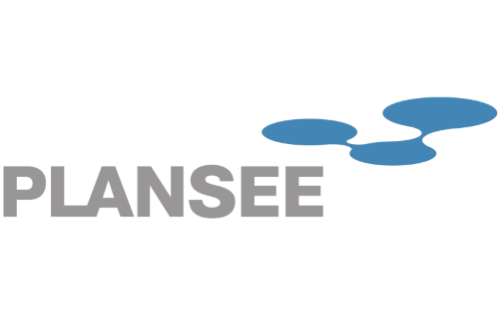Electrodes fabricated from tungsten-lanthanum or TZM with a copper shaft (Figure 1) are able to tolerate the high stresses occurring in resistance spot welding. However, the welding quality is affected by the presence of cavities in the solder between the shaft and the electrode. Tests demonstrate that this issue can be avoided by using cast electrodes in place of soldered electrodes.
.png)
Figure 1. Electrodes with a copper shaft
Cavity Issue in Soldering Process
Tungsten-lanthanum and the molybdenum alloy TZM have high melting points and high temperature stability. Rapid heat dissipation is a key characteristic of copper electrode holders. Nevertheless, with resistance welding, selecting the appropriate manufacturing process is as important as the material selection.
.jpg)
Figure 2. Microsections of a soldered electrode insert show the presence of cavities at the join between the base of the WL20 electrode and the copper shaft
Most manufacturers use a soldering process for joining TZM and copper. The uneven distribution of the solder at the join between the electrode holder and the electrode material leads to cavities, which have an impact on the thermal conductivity and electrical resistance in the event of welding.
Figure 2 depicts the microsections of a soldered electrode insert, clearly showing the presence of cavities at the join between the copper shaft and the base of the WL20 electrode. In addition, the welding quality can vary when electrodes are replaced.
Plansee’s Cast Welding Electrodes
PLANSEE does not use any soldering processes for resistance welding production, but rather employs a casting process to fabricate its tungsten-lanthanum and TZM electrodes with copper in a vacuum.
The electrode is completely enclosed by the molten copper, thereby forming a flawless join between the two materials. There is no change in the welding parameters during electrode replacement. Moreover, the process extends the service life of the electrodes.
.jpg)
Figure 3. Microsections of a cast WL20 electrode from PLANSEE
Figure 3 illustrates the micro sections of a cast WL20 electrode from PLANSEE, showing no cavities. The PLANSEE team are experts in the material properties of cast welding electrodes for resistance spot welding applications.

This information has been sourced, reviewed and adapted from materials provided by PLANSEE.
For more information on this source, please visit PLANSEE.